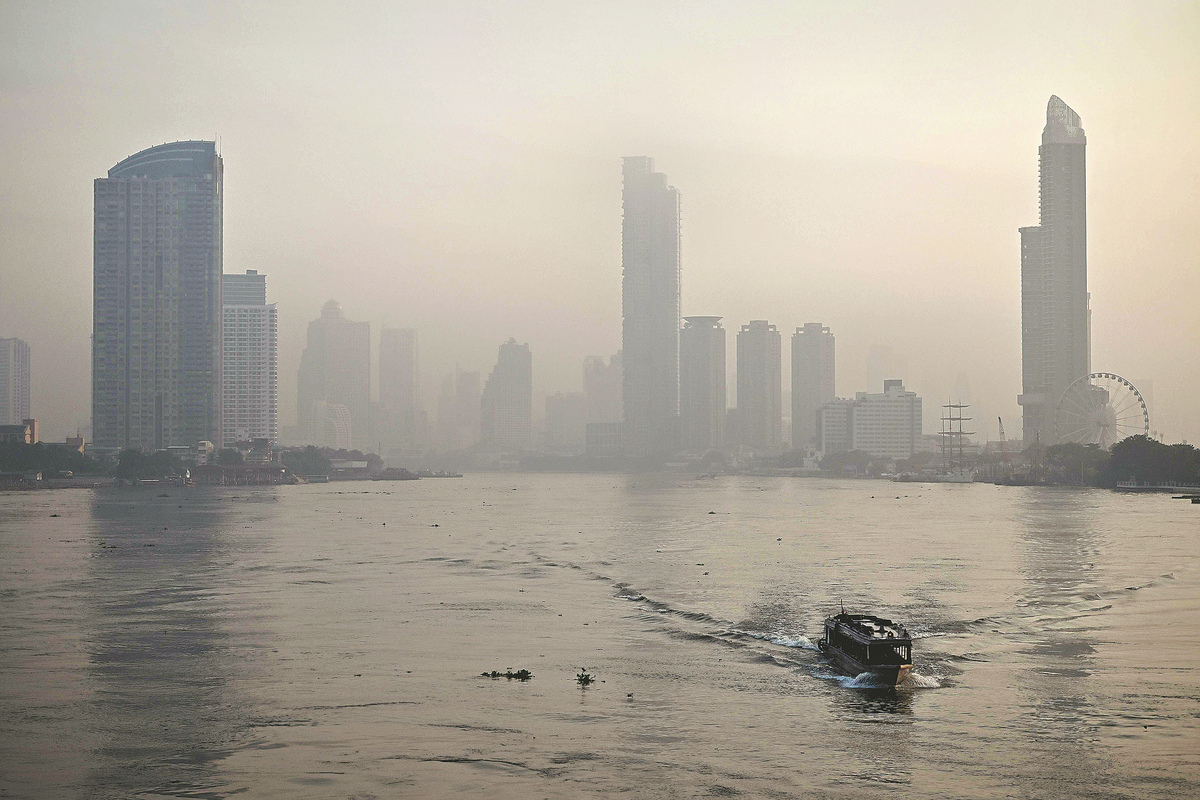School shows way in fighting air pollution in Thailand

Providing solutions

The largest, as tall as 16 meters, can purify 50,000 to 130,000 cubic meters of air per hour, providing solutions in large indoor and semiopen spaces.
Last year, Sun's team donated four small-sized purifiers to Thailand with one kept in the Banpafae-nongor-sansaimoon School's library.
After five months, a thick layer of dust was observed on the ESP modules. The record shows the PM2.5 levels in the library could be kept lower than 50 on average, while outside it was often above 200.
"We are glad to receive support from Chinese scientists. China has gained great success in combating haze in big cities and their experiences are meaningful to us," said Chaiyon Srisamoot, the mayor of Mae Sai.
"We've seen emissions from diesel fuel and smog from agricultural burning since childhood but haven't been aware of the problem and its long-term threats to health until the use of air quality indicators about five or six years ago when the haze became too severe, and resulted in allergies," he added.
Chaiyon expressed his hope of having larger purifiers in Thailand to combat severe threats from haze pollution.
He said China's innovative purifiers play an important role in protecting people, especially children and the elderly, from health threats.
"Still, public education and joint efforts from all sides to control pollution sources and promote health protection are crucial. This is the ultimate solution for a long-term benefit and it needs support not only from Thailand but also neighboring countries," he said.


















